
Seongshan Park
明治8年(1875)、現在の長野県で最初に指定された公園の一つ。天保14年(1843)、松本藩主・戸田光庸が、犬甘城址[いぬかいじょうし]に楓や桜を植え、民衆に開放した遊楽地が前身。桜の名所として親しまれ、松本平の展望がよい。窪田空穂[くぼたうつぼ]や浅井冽、杉田久女など地元ゆかりの歌碑が立つ。
Info
Business Hours
Price
Spot Category
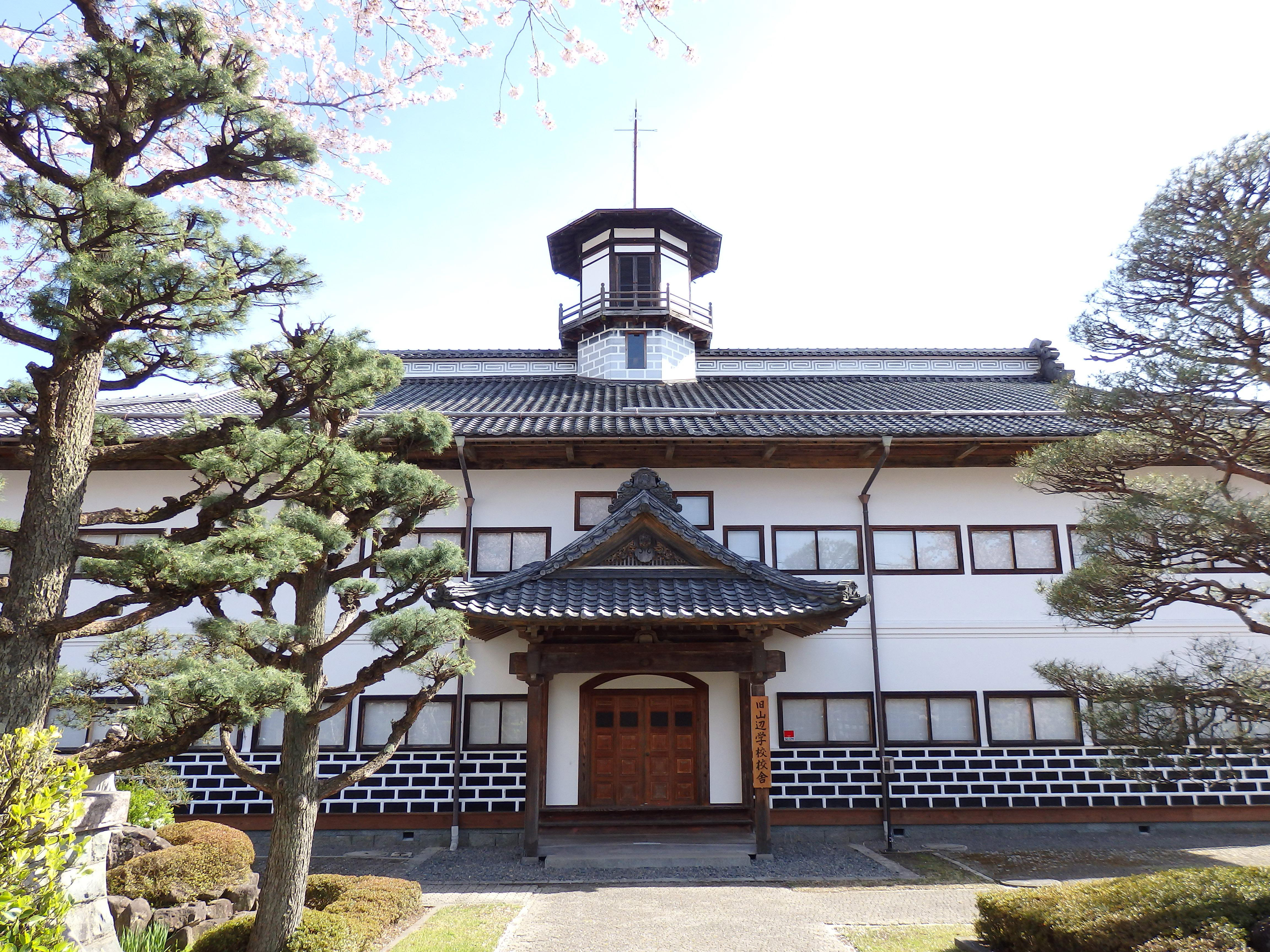
旧山辺学校校舎
旧山辺学校校舎
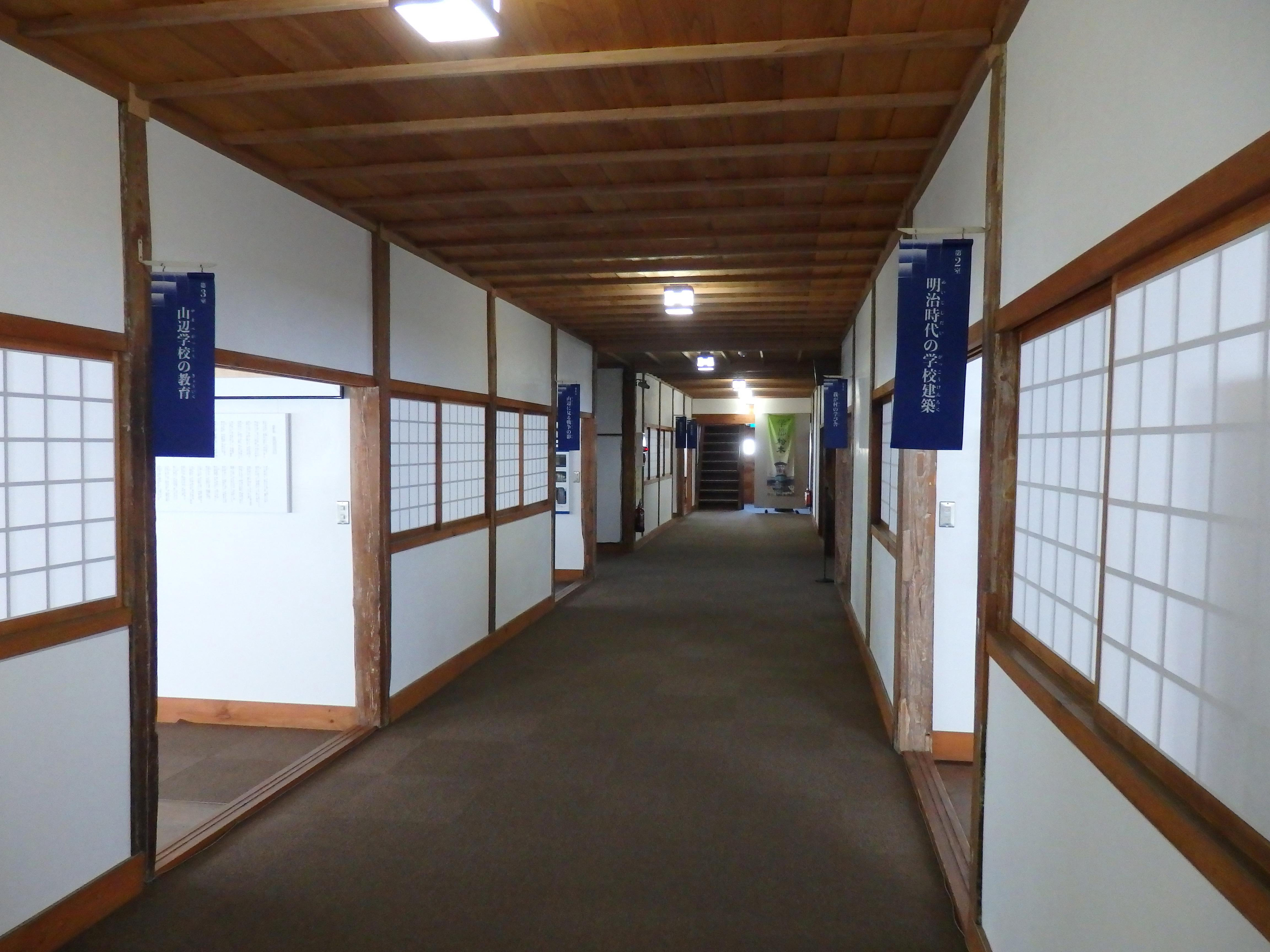
旧山辺学校校舎 1階廊下
旧山辺学校校舎
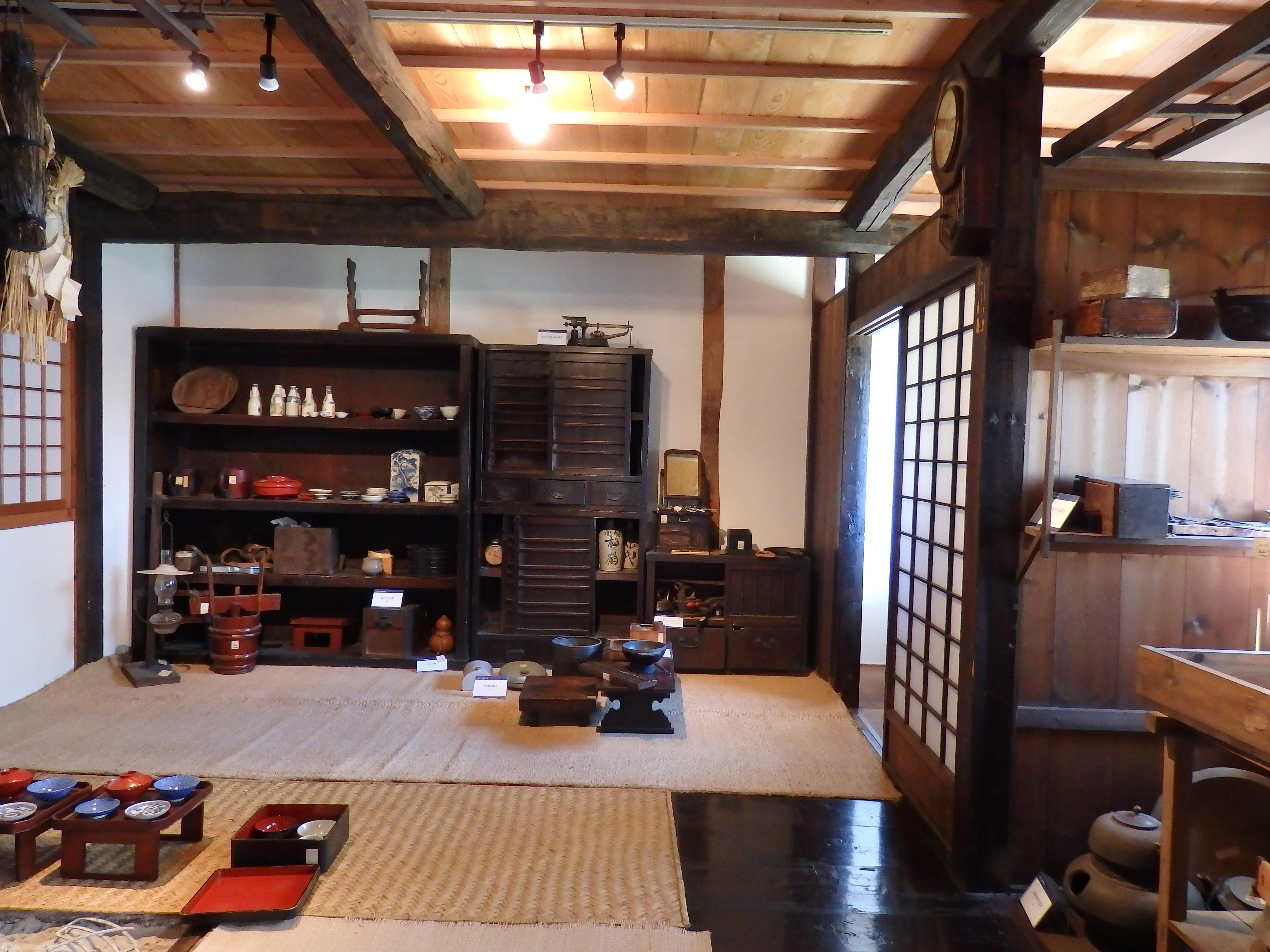
第5室 農家の暮らし内部
旧山辺学校校舎
The information provided reflects the details available at the time of the survey.
Please note that facility details may change due to the facility’s circumstances, so please check for the latest information before visiting.
This content has been translated using machine translation.
Information provided by: JTB Publishing
The content uses an automatic translation service, which is not always accurate.
The translated content may be different from the original meaning, so please understand and use it.

明治8年(1875)、現在の長野県で最初に指定された公園の一つ。天保14年(1843)、松本藩主・戸田光庸が、犬甘城址[いぬかいじょうし]に楓や桜を植え、民衆に開放した遊楽地が前身。桜の名所として親しまれ、松本平の展望がよい。窪田空穂[くぼたうつぼ]や浅井冽、杉田久女など地元ゆかりの歌碑が立つ。

5月頃にみごろを迎えるミズバショウは、一の瀬キャンプ場奥の園地ほか、その南にあるどじょう池や、まいめの池、偲ぶの池周辺でも見ることができる。遊歩道が整備され、開花期にはカメラを手に多くの人が散策に訪れる。
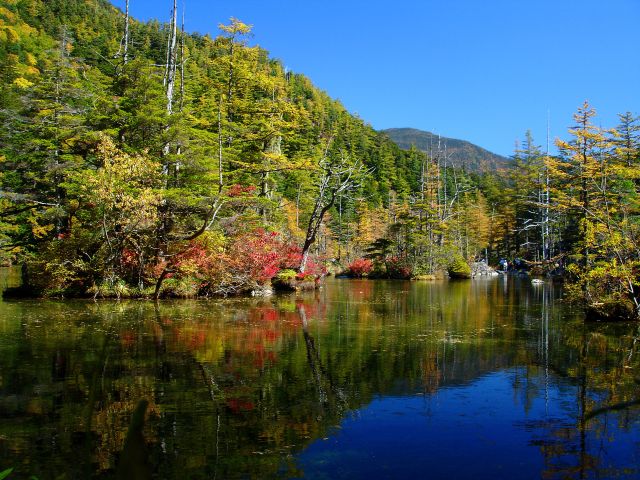
明神岳の南麓、クマザサと原生林に覆われ、静寂な雰囲気が漂う池は、穂高神社奥宮の境内にある。一之池と二之池があり、原生林の四季の彩りが水面に映るビューポイントとして知られる。

An ancient temple of the Rinzai sect, located on a high ground overlooking the townscape. Kaesan was in the year of Meiyo 9 (1500). In Kyoho 10 (1725), the main hall, which was erected by the Hayashi family, includes the Uguisu-tsuku corridor, the Yamaoka Tetsushu flat-profile, and the Owari Tokugawa family's basket. The back of the back [kuri] next to the main hall houses a basket with a car devised by the priest in the Tenpo years. In the shrine under the entrance stone steps, Enmei Jizo, which is said to save women, is celebrated. As the festival approaches in April, the stone gets wet at night due to the temperature difference between day and night. The Honson Yakushi Nyorai was by a Buddhist master, Kiyama, of Gyeongsang 4 (1599). Chubu 49 Yakushi No. 21.
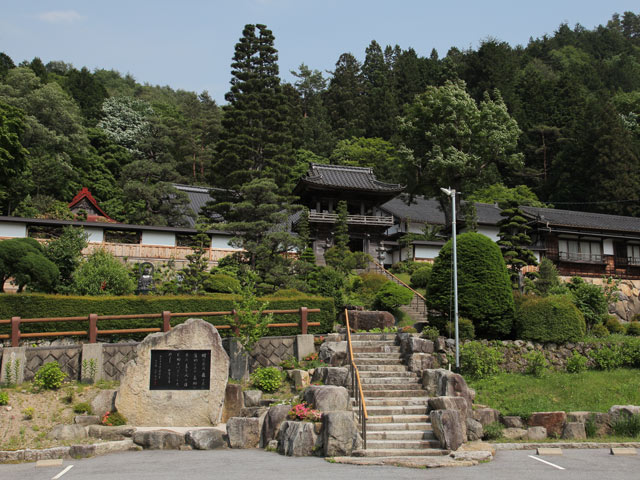
The ancient temple of the Rinzai Myoshin-ji school, which is lined with the main temple and the Jōō-dō and the bell-roomon. It is said to be about 700 years ago, but was rebuilt in Kyoho 11 (1726) after it was destroyed by fire. The gardens are well-maintained, and the flowers of the four seasons add color. The main hall was rebuilt in 2018 for aging.

Natural wood of cypress and cedar thrives on the grounds. The four shrines (important cultural property) of Kumano, Izu, Hakusan, and Zao, which are about 1m away from the side where the bills of the first year of Kenbu (1334) remain inside the Okiya in Ishigaki (Oiya). All of them are considered to be the oldest Kamakura architecture in Nagano Prefecture, which is characterized by the roof of Ichikensha style cypress skin. The entrance with the inscription of 1439 was left behind, indicating that it was the center of the culture of Kiso Valley.
This website uses cookies so that we can provide you with the best user experience possible. Cookie information is stored in your browser and performs functions such as recognising you when you return to our website and helping our team to understand which sections of the website you find most interesting and useful.
Strictly Necessary Cookie should be enabled at all times so that we can save your preferences for cookie settings.
If you disable this cookie, we will not be able to save your preferences. This means that every time you visit this website you will need to enable or disable cookies again.
